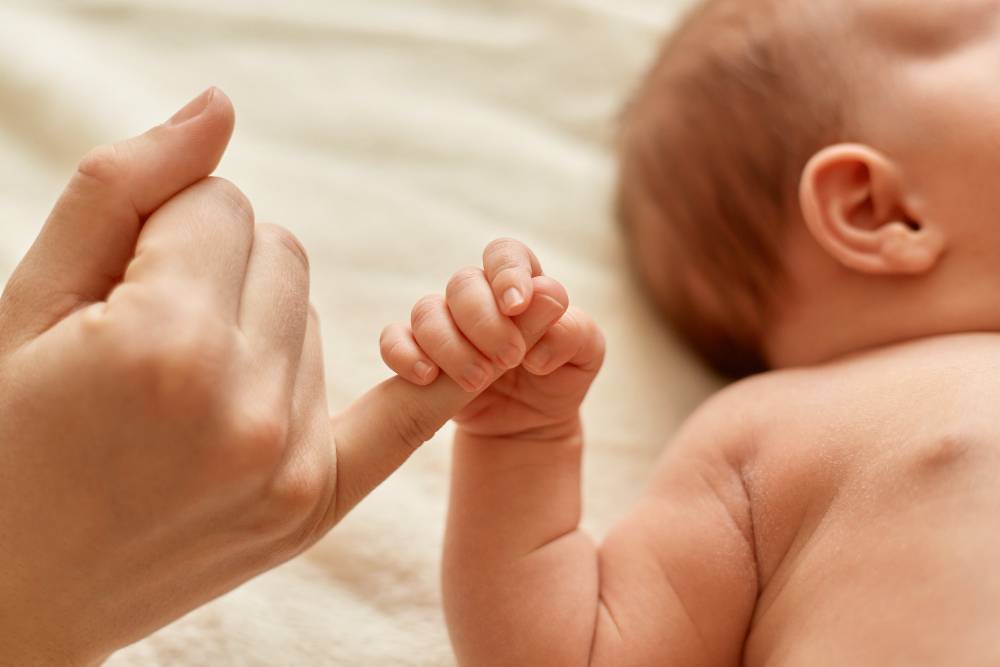Birth rates reach historic lows in the Canary Islands
- 24-02-2025
- National
- Canarian Weekly
- Photo Credit: Freepik
The Canary Islands recorded historic lows in birth rates in 2024, with only 11,718 births, averaging 32 per day. This represents a drop of 280 births (2.3%) compared to 2023, according to provisional data released by the National Institute of Statistics (INE).
The archipelago has now seen a continuous decline in births since 2016.
A decade ago, in 2014, the Canary Islands saw 16,398 births, with an average of 45 per day. This means that birth rates have fallen by 28% in ten years.
Demographic Decline: More Deaths Than Births
The drop in birth rates has contributed to the negative natural population balance in the Canary Islands, with 6,068 more deaths than births in 2024. This figure surpasses the 5,811 deficit recorded in 2023.
In total, 17,786 people died in the Canary Islands in 2024, representing a 0.2% decrease in mortality compared to the previous year. However, this decline is not the highest in recent years; in 2022, the negative natural balance peaked at 6,440 more deaths than births, primarily due to the impact of the COVID-19 pandemic.
At the provincial level:
- Las Palmas recorded 6,349 births, a 2.94% decline from 2023.
- Santa Cruz de Tenerife registered 5,369 births, a 1.61% decrease.
Canary Islands Trends Compared to the Rest of Spain
While birth rates continue to fall in the Canary Islands, the trend at the national level has shown a slight improvement. Spain recorded 322,034 births in 2024, marking a 0.4% increase (1,378 more births) compared to the previous year—the first increase in a decade.
Despite this national uptick, the Canary Islands remain among the regions with the sharpest declines in birth rates, ranking as the third-worst affected community in 2024, behind:
- Galicia (-4.4%)
- Basque Country (-3.7%)
The steepest drop was in Melilla, where birth rates fell by 14%.
In contrast, regions with notable birth rate increases include:
- Cantabria (+6.1%)
- Castilla y León (+5%)
- Extremadura (+5%)
A Demographic Challenge for the Canary Islands
The persistent decline in birth rates, coupled with a negative population balance, highlights an ongoing demographic challenge for the Canary Islands. The region’s ageing population and low birth rates may have long-term social and economic implications, raising concerns over labour force sustainability, healthcare demands, and population growth in the coming years.
The INE notes that these figures are provisional and based on data from digital civil registries, meaning adjustments may be made in the coming months. However, the overall downward trend in Canary Islands birth rates appears set to continue unless significant policy measures or social shifts occur.
Other articles that may interest you...
Trending
Most Read Articles
Featured Videos
A Vision of Elvis Tenerife Promo
- 10-05-2025
TEAs 2025 Highlights
- 17-11-2025

























































